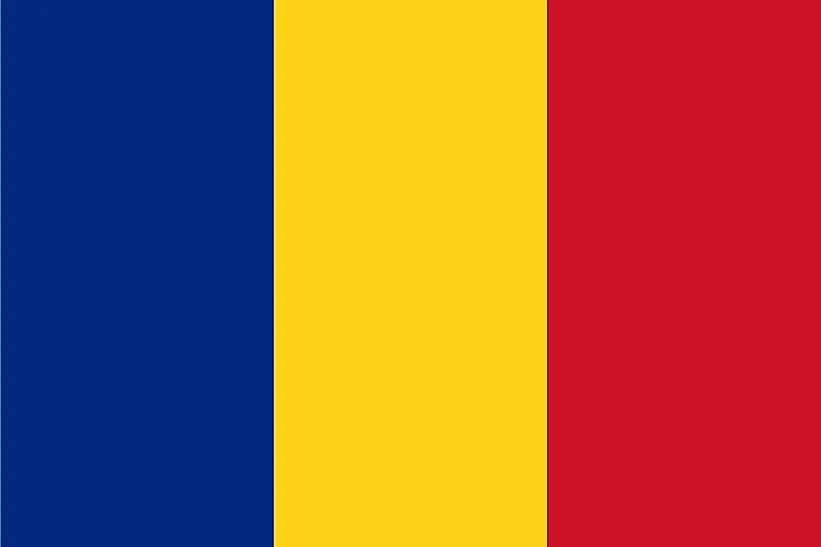
Romania
| Continent | Europe |
| Capital | Bucharest |
| Population | 21,599,736 |
| GDP | $441.00 Billion |
| GDP per Capita | $22,300 |
| Dialing Code | +40 |
| ISO Code (2-letter) | RO |
| ISO Code (3-letter) | ROU |
Romania Landscapes






About Romania
Welcome to Romania, a nation where medieval charm meets natural splendor. With approximately 19.2 million people occupying 238,397 square kilometers, Romania combines remarkable geographical diversity with rich cultural heritage, standing as one of Eastern Europe’s most intriguing nations.
Geographic Features and Natural Beauty
Romania’s geography encompasses extraordinary diversity, from the Carpathian Mountains to the Black Sea coast. The country features the Danube Delta, Europe’s largest wetland, and vast forests covering about 27% of its territory.
The landscape includes the mysterious Bucegi Mountains, the painted monasteries of Bucovina, and the rolling hills of Transylvania. The country’s varied topography creates diverse ecosystems supporting unique wildlife, including Europe’s largest population of brown bears.
Protected areas include numerous national parks and biosphere reserves protecting unique species and landscapes. The country’s commitment to environmental protection focuses on preserving its remarkable biodiversity.
Cultural Heritage and Traditions
Romanian culture represents a unique blend of Latin heritage and Eastern European influences. The country’s heritage includes distinctive architecture, from medieval castles like Bran and Peleș to painted monasteries and traditional villages.
Traditional arts include pottery, wood carving, and egg painting. Folk traditions feature colorful costumes, music, and dance, while Romanian literature and poetry reflect deep cultural roots.
Romanian cuisine combines influences from surrounding regions, featuring dishes like sarmale (stuffed cabbage rolls), mămăligă (polenta), and cozonac (sweet bread). The tradition of hospitality and religious festivals remains central to cultural life.
Historical Journey
Romania’s history spans from ancient Dacian civilization through medieval principalities to modern nationhood. The country’s strategic location has influenced its development throughout history.
Significant periods include Roman colonization, medieval kingdoms, Ottoman influence, national unification in 1918, communist era, and democratic transformation after 1989. The country’s resilience through challenging times has shaped its national character.
Modern Economic Landscape
Today’s Romanian economy combines industry, agriculture, and growing IT sector. The country has emerged as a significant European IT hub and automotive manufacturer.
Recent initiatives focus on digital innovation, infrastructure development, and sustainable energy. Romania’s educated workforce and strategic location support its economic growth.
International Relations and Global Position
Romania maintains active participation in the European Union and NATO while fostering regional cooperation. The country’s strategic position and economic potential extend its influence in European affairs.
Did You Know?
• The Palace of Parliament in Bucharest is the world’s largest civilian building?
• Timișoara was Europe’s first city to have electric street lighting?
• The Merry Cemetery in Săpânța features colorfully painted tombstones with humorous epitaphs?
• Romania’s Transfăgărășan highway is considered one of the world’s most spectacular roads?
Conclusion
Romania represents a unique combination of historical legacy and natural beauty. From its medieval castles to its modern cities, from its traditional villages to its growing tech hubs, Romania continues to evolve while preserving its distinctive character. As it addresses challenges including sustainable development and modernization, Romania remains committed to progress while maintaining its rich cultural heritage.